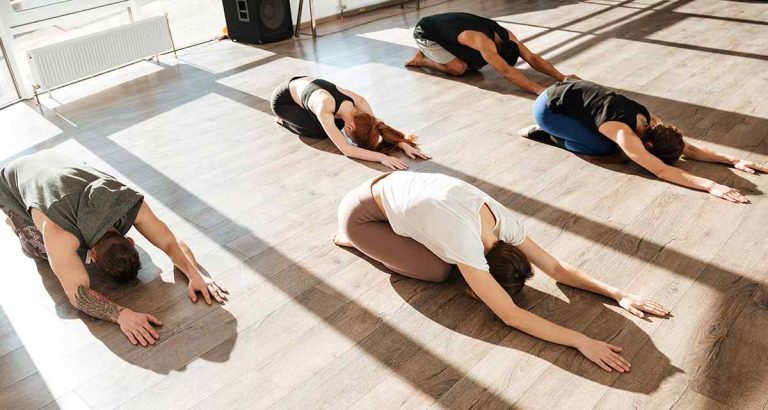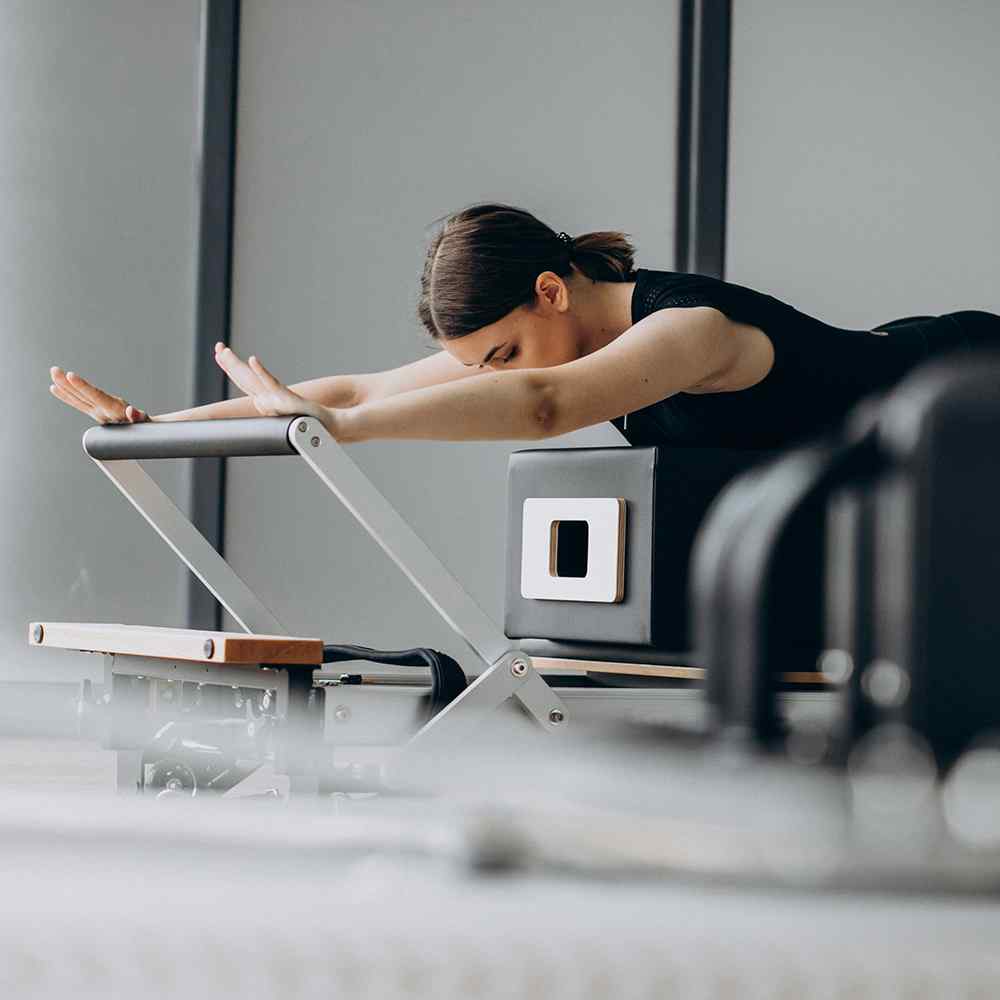


REFORMER
REFORMER
REFORMER

PILATES REFORMERGroup & individual classes
The reformer was invented by Pilates founder Joseph Pilates. It is a bed-like frame with a flat platform on it, called the carriage, which rolls back and forth on wheels within the frame. We all have different goals: lose weight, tone up, master a muscle up, or just stay active and healthy. The carriage is attached to one end of the reformer by a set of springs. Springs provide choices of differing levels of resistance as the carriage is pushed or pulled along the frame.
Protein is one of three macronutrients the body needs to sustain life. Smaller components called amino acids are linked together to form different proteins, and when we consume these proteins, the amino acids are broken down and subsequently reformed into the building blocks our body needs in order to function properly.
All cellular action depends on protein and amino acids to function.
That depends on who you ask. The U.S. Food and Drug Administration (FDA) recommend 50 grams of protein per day for anyone over 4 years old. This number is based on a 2,000 calorie diet, and as you can imagine, is pretty generic.
Since protein acts as the building blocks of life, a more reasonable way to calculate your needs is based on your body mass. The U.S. Department of Agriculture (USDA) suggests a simple equation where you can multiply your body weight (in pounds) by 0.36 for your daily requirement.
This means bodily priorities like internal organ health and function and cell function will have their own protein needs taken care of before the body allows recovering muscles to be satisfied with their protein needs. When a muscle is exercised its tissue is broken down, causing a need for protein to support repair and essentially this leads to a bigger, stronger muscle.
GROUP TRAININGPilates Reformer
Class Structure


Pricetables

Private class
30

Monthly
90
- 8-12 Training Consultations
- Training Guidance
- 1 Body Composition Analysis
- 1 Body Massage

Single class
20
Relief from back pain
Muscles of the core
Better posture
Strength, flexibility

First class free. Join today.









